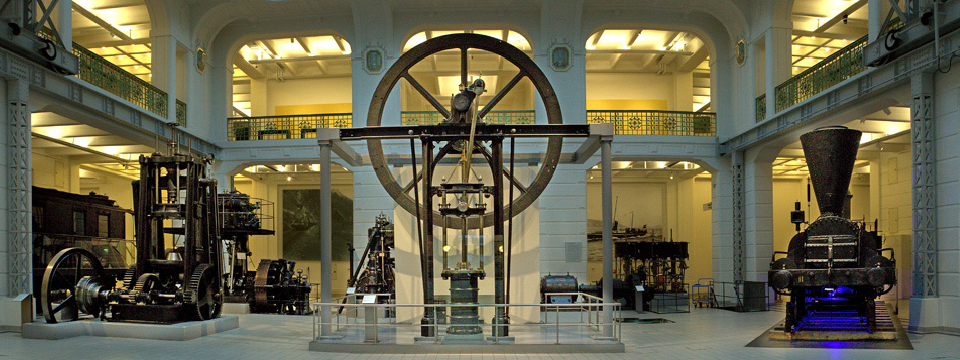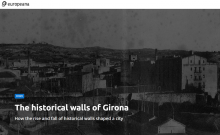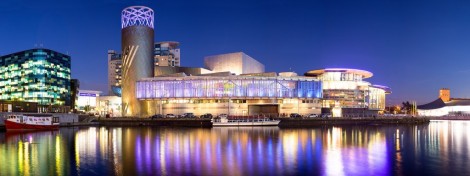
From Digitization to Preservation, Creative Re-Use of Cultural Content, and Citizen Participation is the title and theme of this workshop presented within the conference DCDC2015 Discovering Collections, Discovering Communities, in Manchester on 14 October 2015. Following the good results of the similar panel presented at DH15 in Granada, the workshop presented an overview of initiatives and EU projects such as Europeana Space, RICHES, Civic Epistemologies, Photoconsortium.
DCDC2015: Exploring new digital destinations for heritage and academia brought together over 70 speakers from across the UK, Europe and further afield exploring key questions facing the future of digital engagement.
Neil Forbes and Sarah Whatley from Coventry University, and John Balean international marketing manager of the photographic archive Topfoto.co.uk and member of CEPIC and BAPLA presented the different projects and invited the audience to a question and answer session. This was probably one of the few sessions of the conference that had a confident European focus, most other presentations were focused on UK activities and projects (even though the delegates were international). There was interesting discussion about crowdsourcing, the citizen participation to research and the role researcher possibly being threatened by the apparently popular expectation that all knowledge should be made available for free.
Download the presentation (PDF, 2,8 Mb)
Website of the event: http://www.rluk.ac.uk/dcdc15/. Videos of the sessions will be available in the website.







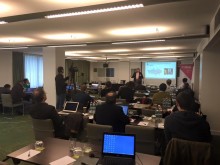
 On the 13th of October 2015, the Joint Pictures Experts Group (JPEG) organised a workshop in Brussels on privacy and security support for image data. Privacy and security is becoming steadily more important seen the fact that image collections are increasingly more stored in distributed and cloud repositories rather than in private repositories. Moreover, social media and online photo repositories, for example, are currently offering insufficient means to secure privacy-sensitive information carried by the picture or to signal associated IPR metadata.
On the 13th of October 2015, the Joint Pictures Experts Group (JPEG) organised a workshop in Brussels on privacy and security support for image data. Privacy and security is becoming steadily more important seen the fact that image collections are increasingly more stored in distributed and cloud repositories rather than in private repositories. Moreover, social media and online photo repositories, for example, are currently offering insufficient means to secure privacy-sensitive information carried by the picture or to signal associated IPR metadata.








 “We are Europeana”
“We are Europeana”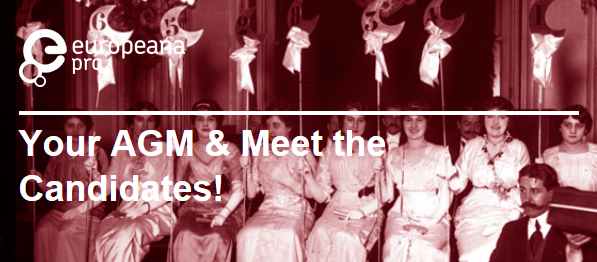


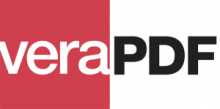
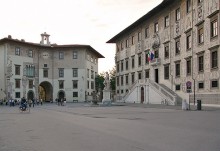
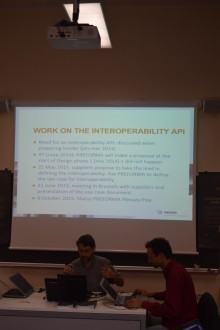

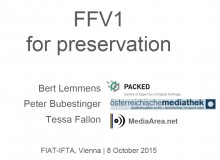 The presentation, which is available for download
The presentation, which is available for download 